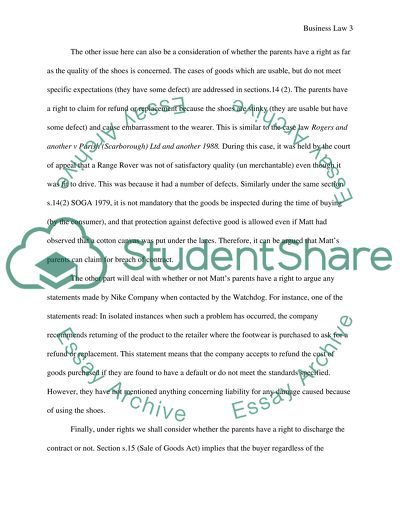Cite this document
(Concepts of Mutuality and Adequacy of Damages Assignment, n.d.)
Concepts of Mutuality and Adequacy of Damages Assignment. Retrieved from https://studentshare.org/law/1440641-coursework-on-case-study-ypstinky-trainersy
Concepts of Mutuality and Adequacy of Damages Assignment. Retrieved from https://studentshare.org/law/1440641-coursework-on-case-study-ypstinky-trainersy
(Concepts of Mutuality and Adequacy of Damages Assignment)
Concepts of Mutuality and Adequacy of Damages Assignment. https://studentshare.org/law/1440641-coursework-on-case-study-ypstinky-trainersy.
Concepts of Mutuality and Adequacy of Damages Assignment. https://studentshare.org/law/1440641-coursework-on-case-study-ypstinky-trainersy.
“Concepts of Mutuality and Adequacy of Damages Assignment”, n.d. https://studentshare.org/law/1440641-coursework-on-case-study-ypstinky-trainersy.


